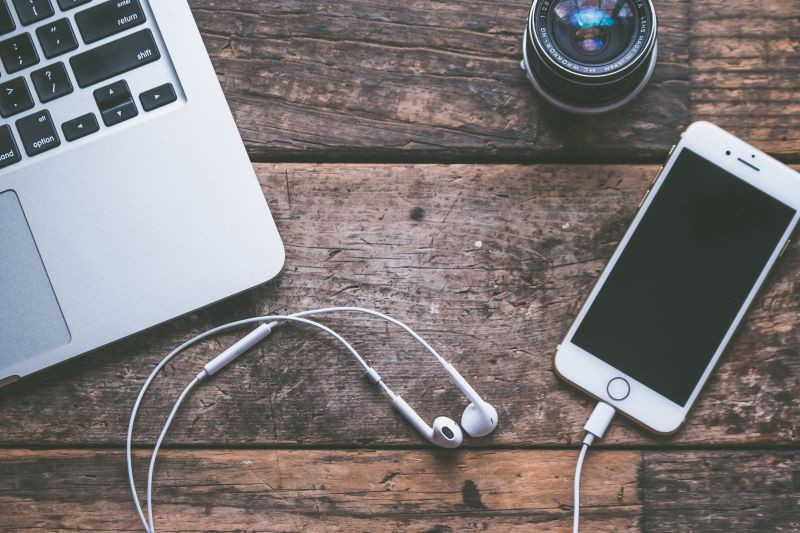
What To Do With E-Waste
15th Jun 2020
We often talk about how to dispose of plastic (especially our favourite, bioplastic) but there's a whole other category out there that can be difficult to deal with at the end of its life – e-waste. E-waste, or electronic waste, includes everything from phones and computers to headphones and cables. You can throw them out like everything else – but they'll end up in landfill where they (might, eventually) break down, probably releasing chemicals into the environment as they do so. But what else can you do?

Repurposing
Consider how you can repurpose your e-waste before you throw it out. Is it really worth throwing your headphones away just because their pads are worn-out? Do you really want to go through buying a new phone when it could probably be fixed? Before you toss your e-waste in the rubbish, consider if you can have it fixed, either to keep using for yourself or (if you're just over that one piece of equipment) sell it on to someone else who might want it. It's tempting to replace our electronics when a newer version is released, but consider whether you need or even want to do so. Why spend money on the newest iPhone when your current iPhone serves its purpose just as well? If it doesn't, could you repurpose it for another use? An old laptop could be a portable DVD player, an old phone could act as a GPS in the car.
Recycling
Dispose of your e-waste responsibly and know that you are reducing waste to landfill. However, if your device is too far gone for repurposing, it's time to recycle it. Make sure you wipe the device, including from the 'trash bin', take out the sim, and do a factory reset so no one else can access your data. Most Australian councils (check with yours) run some form of e-waste program, providing a time of year or place to drop off your electronic gadgets. Otherwise, consider sending them to a mobile recycling program such as Mobile Muster or TechCollect. From here, the technology will be broken down into parts, sifted and sorted, and melted down to be used in something else. Not many electronic devices are made from recycled parts, but we have to start somewhere – and that somewhere is with the consumers. By recycling e-waste correctly, we can eliminate all e-waste, turning it into something new and contributing to a circular economy.
Information taken from Pickr. Read about the difference between home and commercial composting and how food producers are going green, on our blog.
Planet Friendly Packaging acknowledges the traditional custodians of the land on which we work. Our thoughts go out to everyone affected by COVID-19. Stay safe.

